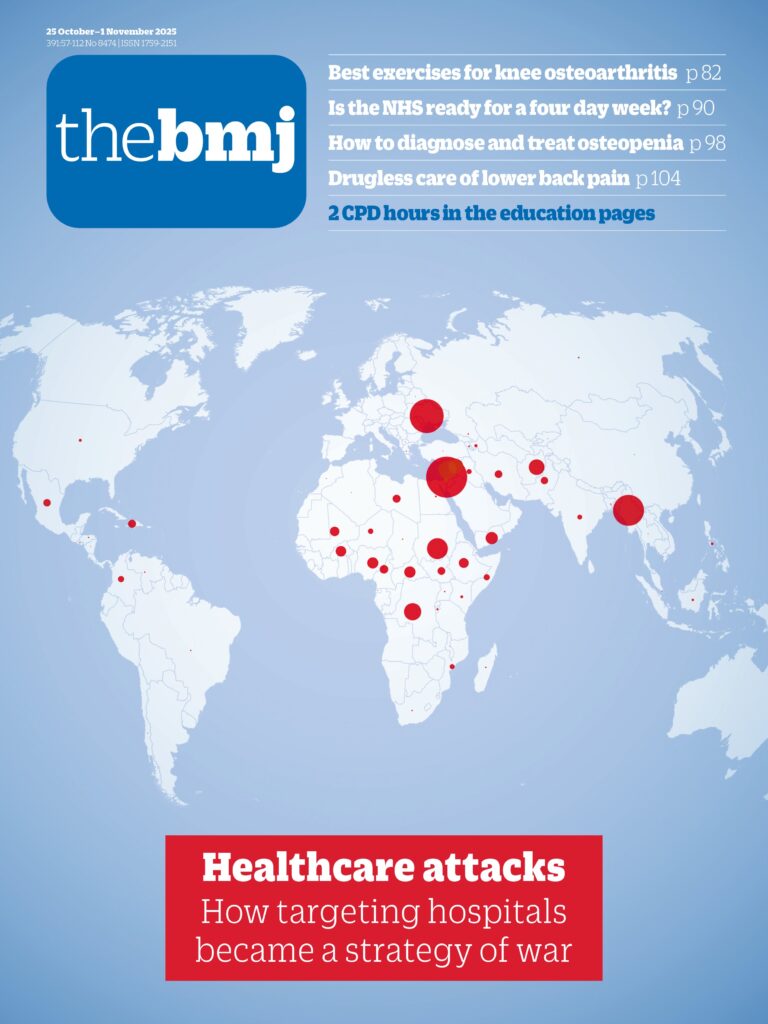- Lauren Bandy, senior researcher in public health nutrition1,
- Peter Scarborough, professor of population health12
- 1Nuffield Department of Primary Care Health Sciences, University of Oxford, UK
- 2NIHR Oxford Health Biomedical Research Centre, Oxford, UK
- Correspondence to: L Bandy Lauren.bandy{at}phc.ox.ac.uk
The government’s decision not to introduce a higher rate tax for the most sugary drinks is good news for industry but not for public health, argue Lauren Bandy and Peter Scarborough
In the 2024 autumn budget the UK government announced that tax rates for sugary drinks were set to increase annually at the same rate as inflation and a review of the policy. The soft drinks industry levy, or sugary drinks tax, had remained unchanged since it was introduced in 2018 (box 1), and the review considered various amendments, including a new higher rate levy for soft drinks that contain ≥10 g of sugar per 100 mL. However, this proposal was dropped from the consultation held in the summer of 2025,2 which considered only lowering the threshold for when products are eligible for the lower levy from 5 g of sugar per 100 mL to 4 g/100 mL and widening the policy to capture dairy and plant based milk drinks.
Current details of UK soft drinks industry levy1
-
Soft drinks are taxed at different rates based on their sugar content:
-
No tax for products with a sugar content <5 g/100 mL
-
Tax of £1.94 per 10 L for products containing 5-8 g/100 mL
-
Tax of £2.59 per 10 L for products that contain >8 g/100 mL
-
-
The tax is levied at the manufacturers, which can then pass on the cost to consumers through price increases.
-
Drinks containing 100% fruit juice, >75% milk, >1.2% alcohol, and hot drinks bought in coffee shops are all currently excluded from the tax
RETURN TO TEXT
Not penalising manufacturers of very high sugar drinks is a missed opportunity, especially for a government whose ambition is for children today to be part of “the healthiest generation ever.”3 The sugar intake of children in the UK is more than double the recommended maximum amount, with around …

